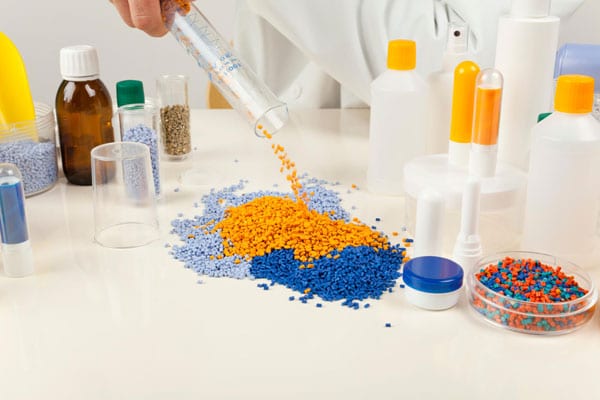Injection molding produces several high-quality plastic products. Automotive, medical, consumer electronics, and packaging utilize it. This article discusses plastic injection molding’s benefits, materials, processes, and uses.
Making plastic injection?
Plastic injection molding makes things from molten plastic. Molds are hollowed-out versions of the final product used to precisely make the proper section. The object is removed from the mold and used once the plastic solidifies.
This automated method produces complicated geometries, strict tolerances, and high-volume products. It is one of the most cost-effective and efficient plastic component mass manufacturing processes.
Plastic injection molding – How?
Plastic injection molding requires multiple processes to be effective and efficient.
- Initial Material Selection: Choose plastic. Thermoplastics include ABS, polypropylene, and polycarbonate; thermo settings are specialized. Material choice relies on product strength, flexibility, heat, and chemical resistance.
- Molten Plastic Injection: Plastic is heated until thick and molten. This chemical is put into the mold cavity via precision injection. High-pressure injection fills the mold with molten plastic, capturing every mold design detail.
Plastic cools and hardens after filling the mold. Component size, complexity, and material affect cooling time. Cooling impacts production speed and quality.
The mold opens and ejects the finished product once the plastic hardens. The appearance may need trimming or polishing.
Advantages of Plastic Injection Molding
- High Precision: Injection molding produces complicated pieces with high tolerances. The method ensures tremendous reproducibility, making each product almost identical.
- Efficiency: Once the mold is made, the process may run continuously, producing huge quantities quickly. This makes injection molding ideal for mass manufacturing.
While mold fabrication is costly, mass production of components is inexpensive. Increased production decreases unit costs.
Manufacturers may choose the finest plastic for injection molding.
Injection molding produces pieces with interior holes, undercuts, and complex surface texturing.
Injection-molded plastic
Product quality determines plastic injection molding material. These are thermoplastics and thermo settings.
Undegraded thermoplastics may be heated and remolded. Common injection-molded thermoplastics:
Impact-resistant ABS
Packaging, automotive, and textiles utilize polypropylene.
Clear PC with high impact.
Used to manufacture stiff, lightweight items.
Heated thermosetting polymers stiffen. Once set, they can’t change. Some examples are:
Automotive and electrical components utilize phenolic.
Epoxy: Highly heat- and chemical-resistant.
Using Plastic Injection Molding
Many businesses use plastic injection molding to make complex, high-quality items. Common uses:
- Dashboards, doors, bumpers, and trim.
- Medical Devices: Syringes, surgical instruments, diagnostics.
- Smartphone, laptop, and TV cases.
- Packaging: Cosmetic, beverage, and food bottles, containers, and caps.
- Game pieces and toys made of plastic.
Injection Molding Issues
Plastic injection molding offers pros and cons. Molds are expensive, particularly for complicated patterns, which is problematic. Design and material selection must be done effectively for best results.
Plastic waste’s environmental impact is another. Manufacturers increasingly use recyclable or biodegradable injection molding.
Conclusion
High-precision plastic items need injection molding. Automotive, medical, and consumer electronics employ injection molding to create complex parts cheaply and in large quantities. As technology advances, new and sustainable products will be made possible.
Reference
*Image from https://www.seaskymedical.com/

